Flat Earth?! How about a FLAT Universe! | innerGlitch
You have probably heard of “The Flat Earth Society” and maybe had good laugh after reading some “scientific” explanations on their website.
I mean, this is the first answer on their FAQ page:
As serious as they can be, a Flat Earth is, of course, a proposterus idea. Consider that Eratosthenes was able to calculate the curvature of the Earth more than 2,200 years ago.
While the calculation of the earth curvature as a bit of history, the mathematical tools and the knowledge needed to measure the curvature of the universe are quite young.
While a planet may be considered as “thing” in a specific set of coordinates at a particular time, the universe is everything, everywhere at a particular time.
This is a job for Einstein’s General Theory of Relativity.
In few words, in his theory Einstein suggested that mass warps the space around it and the more massive the object is the more it bends the space around itself.
One of the most spectacular (in my opinion) phenomenon we observe today that was predicted by Einstein’s theory, is the Gravitational Lensing (As shown below).
We know light always chooses the shortest path when travelling from point A to point B, so in a flat space light travels in a straight line while it “bends” when travelling through a warped space causing the image of the galaxy to be distorted.
We can use this property of light and space to weigh the universe and calculate the average curvature of itself, but first we need a picture of the early universe.
How do you take it?
Just by looking at the past... literally.
Looking back in time is an easy thing to do, even though it may sound like science fiction.
In fact, you may say we are always looking back in time.
Looking directly at the sun, besides burning your retina, shows you the light the sun emitted 8 minutes and 20 seconds ago, meaning that you are looking at what the sun was in the past. The same goes for the everything you have ever seen in your life.
Light takes time to travel, many of the stars you see in the night sky don’t even exist anymore.
So the further we look the more we go back in time until we reach the beginning.
The beginning of everything.
The Big Bang
This name fails to do justice to the enormous event that took place.
Why?
According to the inflationary theory, before the big bang the universe, everything you are made of, all the stuff that ever existed and will ever be, were concentrated in a volume the size of a billionth of a proton.
Then, this inimaginable small point went through two expansions: “inflation” and “after inflation” (I know, not so original names).
Both expanded the space by a factor of 1026
(it’s this number: 100000000000000000000000000) and while the second expansion took around 13.8 billion years, the first one did it in 10-38 seconds (it’s this number: 0.00000000000000000000000000000000000001).
This is so disruptive you can only describe it with numbers. Even if you convince the scientific community to rebrand the “Big Bang” into “The Super-Mega-Huge Iper-Blast 5000 ”, words will never be able to accurately describe the poetic immensity of this event.
By looking further, and so back in time, we notice that the universe becomes hotter and hotter until we reach a point where the universe is around 3000K. At that temperature atoms break apart creating a charged plasma which is opaque to radiation. In fact, it is impossible for us to directly observe the Big Bang, all we can see is its afterglow: the cosmic microwave background (CMB).
The CMB was a revolutionary (accidental) discovery made in 1964 by Arno Penzias and Robert Wilson.
It dates back to the epoch of recombination, that is the epoch at which the first electrical neutral hydrogen atoms started to form. Shortly after, light particles were finally free to move and the universe became transparent, this is the point in time where we see the very edge of the observable universe: The Surface of Last Scattering.
The light coming from this period is observed today as the CMB.
“Ok, interesting. But why does this matter when I’m trying to measure the curvature of the universe?”
Remember that Einstein’s General Theory of Relativity tells us how space is curved by mass and that we can observe this phenomenon by looking at light bending?
The CMB is actually a picture of the early universe that tells us where matter was at the beginning, so we just need to use General Relativity to observe the distortion of the distant hot spots in the CMB to measure the average curvature of the universe.
The Universe Curvature
It is supposed that the universe should have one of these three different shapes: Open, Flat or Closed.
By looking at the CMB we can understand if the light coming from its hot spots converge ( a ), diverge ( c ) or travel in a straight line ( b ) relative to our position.
Observer found out that these hot spots were not magnified nor shrunk.
This means our universe is on average FLAT.
This discovery has enormous implications in our understanding of the universe, on how it was born and how it will eventually die.
But that's material for a future post ;-)
In the meanwhile, thanks for reading!
Sources:
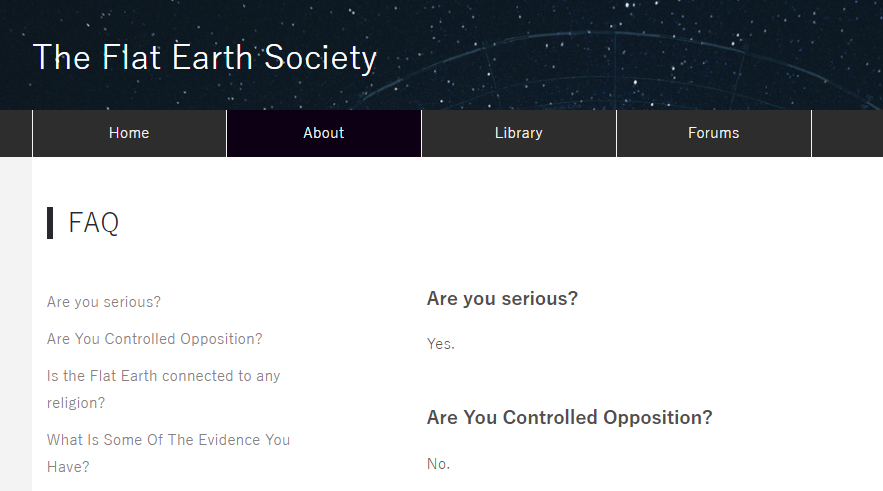
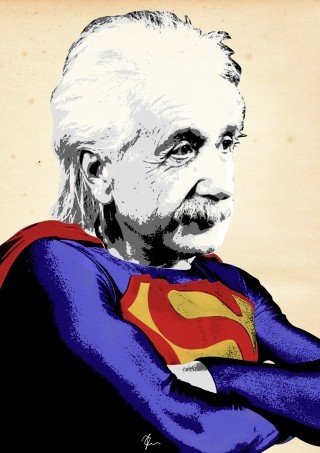
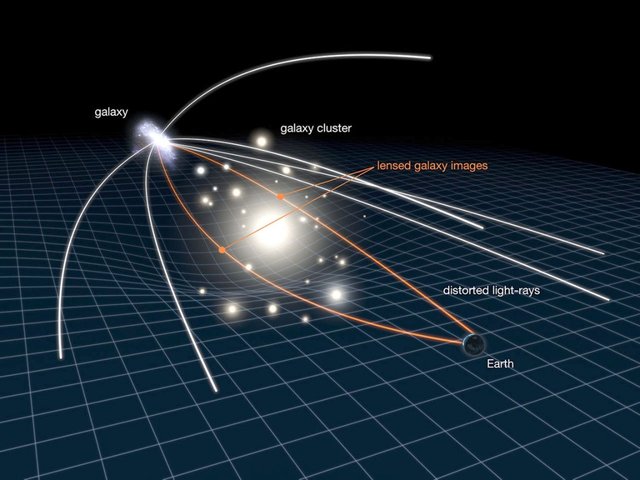
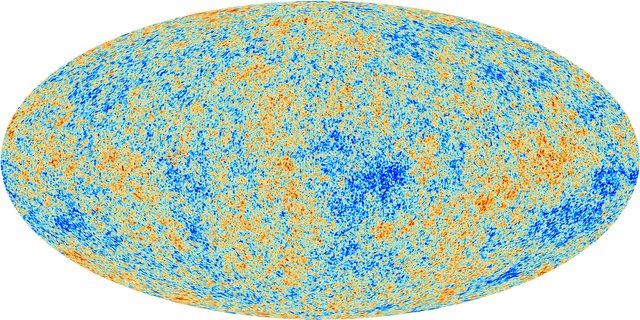

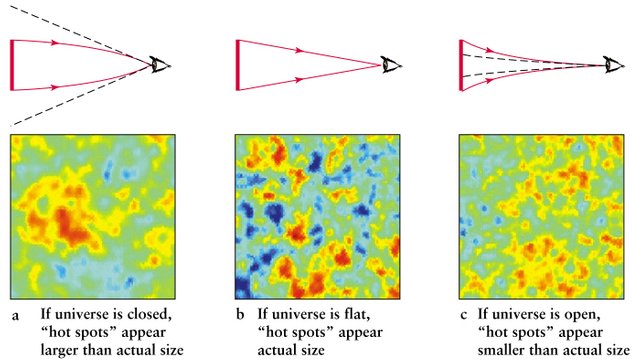
Being A SteemStem Member
Very nice. Well, I learned something new today. I am new here but I also try to promote science to others by writing qualitative articles, make it so more of the new generation of children follow science as a path in life. This is what we need to evolve. Don't forget about the Falcon Heavy Launch tomorrow :D Cheers!
I swear I don't try to promote myself on your post but I have something for the #flatearthers : https://steemit.com/tech/@alexdory/using-gps-in-flight-to-track-yourself-on-the-globe-flat-earthers-will-hate-me :P
Happy you like the post!
If you are interested in writing science related posts, join the steemSTEM community.
This is the Discord channel ;-)
P.S. I won't forget the Falcon Heavy launch :-D
Thank your post. I am physic teacher in high school indonesia, Aceh. I love Albert Einsten.
Who doesn't love Einstein :-)
This post has received a 0.85 % upvote from @booster thanks to: @bendelgreco.
You got a 0.95% upvote from @postpromoter courtesy of @bendelgreco!
Want to promote your posts too? Check out the Steem Bot Tracker website for more info. If you would like to support the development of @postpromoter and the bot tracker please vote for @yabapmatt for witness!
This post has received a 2.36 % upvote from @boomerang thanks to: @bendelgreco